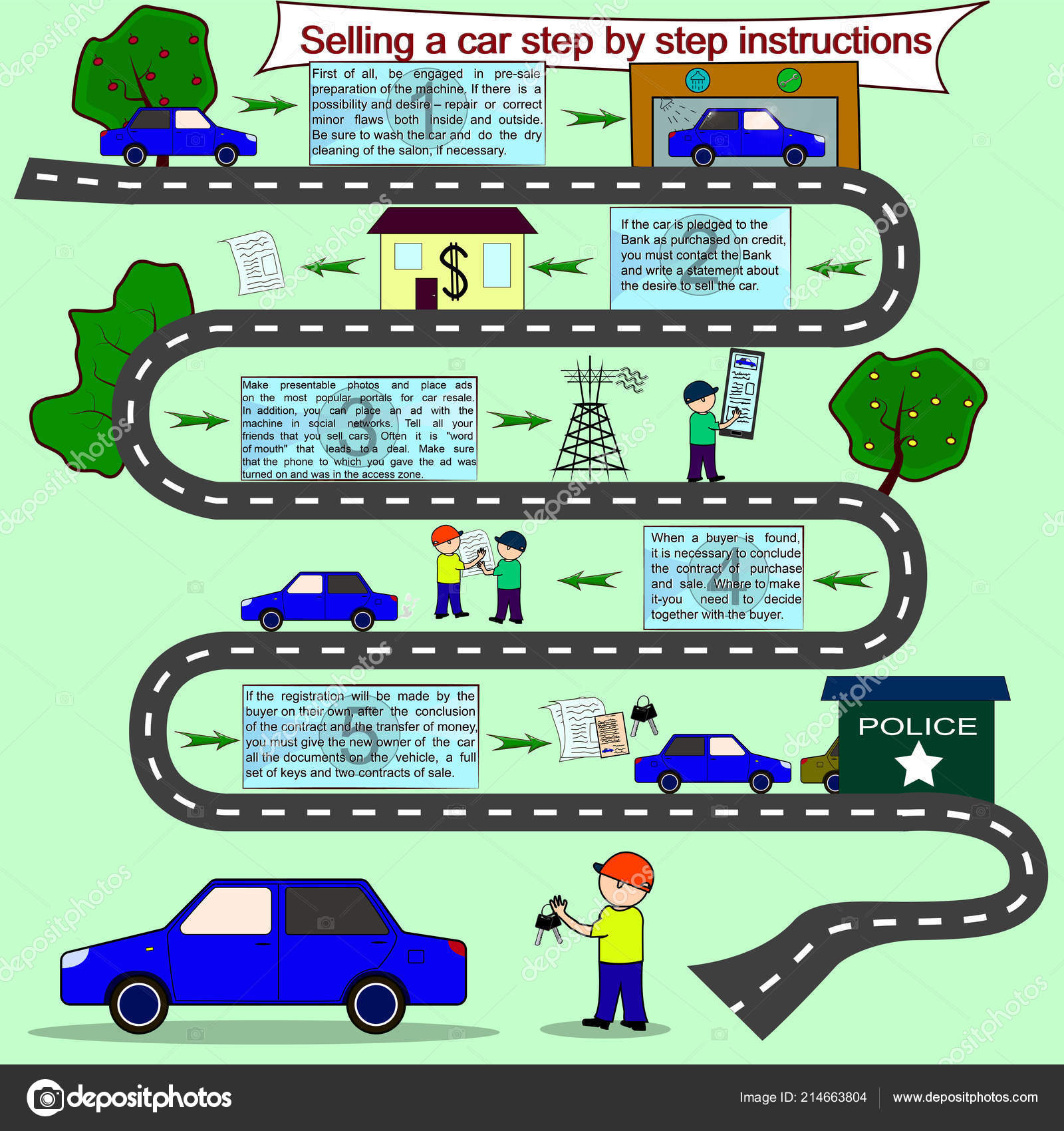Evaluating Your Vehicle'S Caution Indicators: What They Really Communicate
Evaluating Your Vehicle'S Caution Indicators: What They Really Communicate
Blog Article
Material Create By-Faulkner Corbett
When you're behind the wheel, those glowing caution lights on your control panel can be a bit complicated. Do you understand what they're trying to tell you about your cars and truck's health? Recognizing the relevance of these lights is vital for your safety and security and the long life of your car. So, the next time one of those lights pops up, would not you intend to decode its message accurately and take the essential actions to resolve it?
Common Caution Lights and Interpretations
Recognize common caution lights in your vehicle and recognize their meanings to make sure secure driving.
source for this article of the most normal caution lights include the check engine light, which signals concerns with the engine or exhausts system. If this light begins, it's critical to have your car inspected promptly.
The oil pressure advising light shows reduced oil stress, calling for instant focus to prevent engine damages.
A blinking battery light could suggest a faulty charging system, potentially leaving you stranded otherwise addressed.
The tire pressure surveillance system (TPMS) light informs you to low tire pressure, affecting car stability and fuel effectiveness. Neglecting this might lead to harmful driving problems.
The abdominal muscle light indicates a trouble with the anti-lock stopping system, compromising your ability to quit swiftly in emergencies.
Lastly, the coolant temperature level cautioning light warns of engine overheating, which can cause severe damages otherwise dealt with swiftly.
Understanding https://deantoidw.bloggerchest.com/30176553/are-you-uncertain-concerning-how-vehicle-detailing-can-affect-your-auto-s-resale-worth will help you address problems quickly and keep safe driving problems.
Significance of Prompt Interest
Comprehending the common warning lights in your auto is only the primary step; the significance of immediately addressing these warnings can't be highlighted enough to guarantee your safety on the road.
When a caution light brightens on your dashboard, it's your automobile's way of connecting a prospective problem that requires interest. Overlooking these warnings can bring about more severe problems later on, compromising your safety and possibly costing you much more out of commission.
Prompt focus to warning lights can prevent malfunctions and accidents. For example, a flashing check engine light can suggest a misfire that, if left ignored, might create damages to the catalytic converter. Addressing this quickly can save you from a costly repair.
In a similar way, a brake system alerting light might signal reduced brake liquid or used brake pads, critical parts for your safety when driving.
DIY Troubleshooting Tips
If you see a warning light on your control panel, there are a few do it yourself fixing pointers you can try before seeking professional aid.
enginebaycleanernz is to consult your automobile's guidebook to comprehend what the particular caution light shows. Often the problem can be as straightforward as a loose gas cap activating the check engine light. Tightening the gas cap might resolve the problem.
Another common problem is a reduced battery, which can cause different warning lights. Inspecting the battery links for corrosion and guaranteeing they're secure might deal with the issue.
If a warning light continues, you can attempt resetting it by detaching the cars and truck's battery for a couple of minutes and then reconnecting it. In addition, examining your automobile's liquid levels, such as oil, coolant, and brake liquid, can aid troubleshoot cautioning lights related to these systems.
Verdict
In conclusion, comprehending your vehicle's warning lights is crucial for keeping your lorry running smoothly and securely. By quickly addressing these notifies and recognizing what they imply, you can avoid expensive repair services and possible breakdowns.
Remember to consult your car's guidebook for particular details on each alerting light and do something about it appropriately to ensure a trouble-free driving experience.
Keep notified, remain secure on the road!
